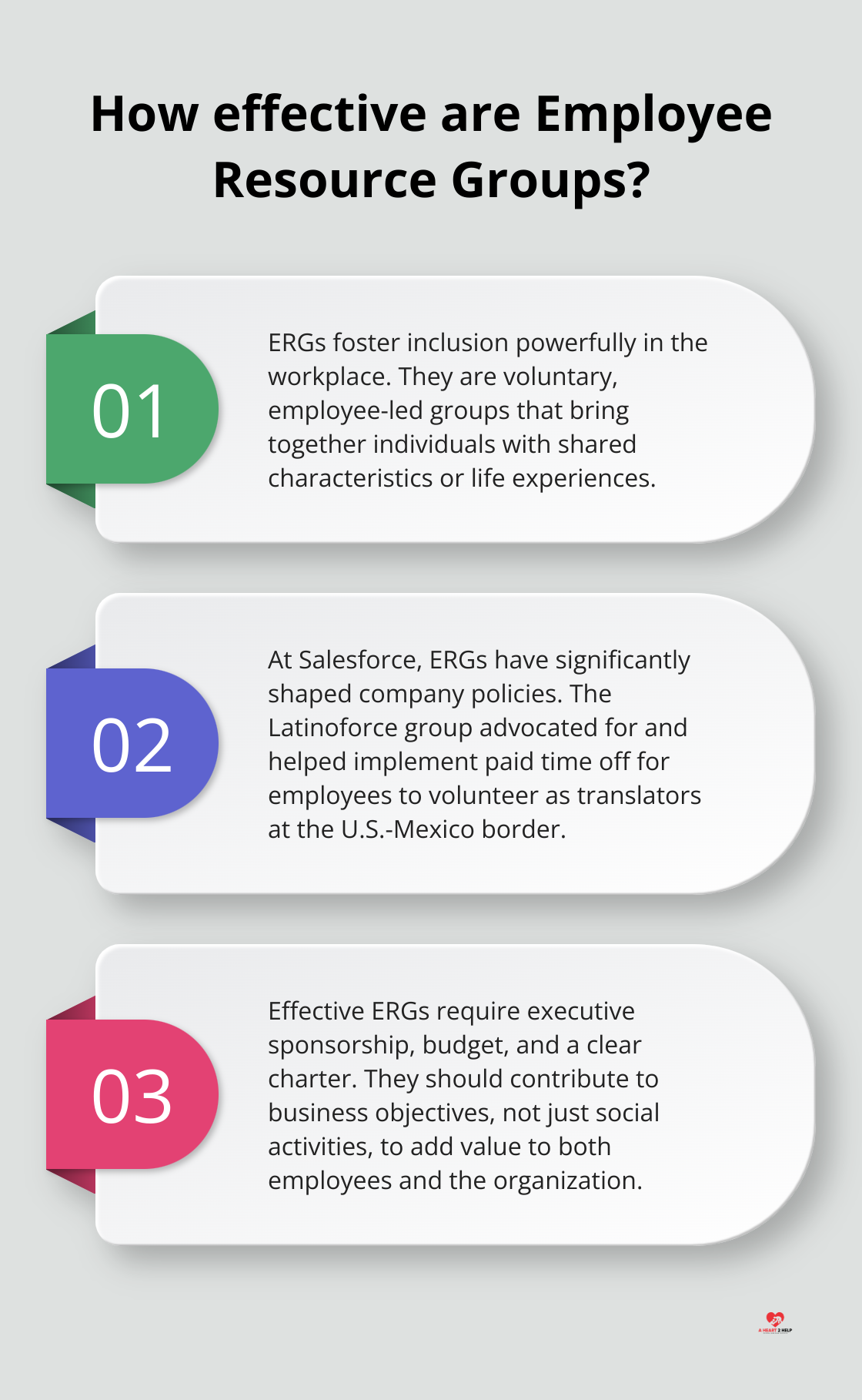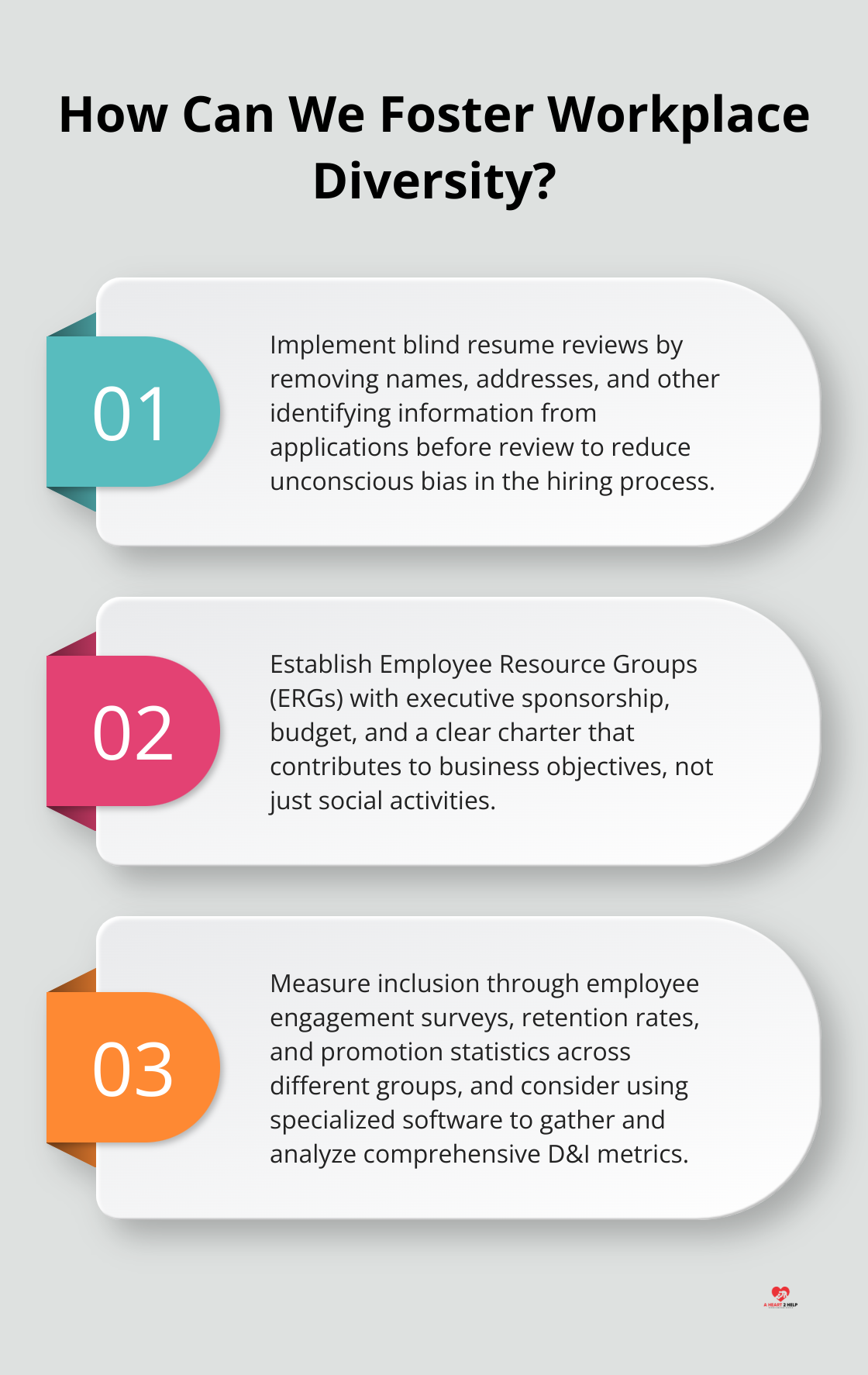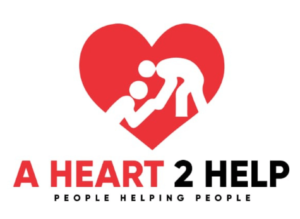Diversity and inclusion in the workplace are more than just buzzwords. They’re essential for creating a thriving, innovative, and productive work environment.
At A Heart 2 Help, we believe that understanding how to support diversity and inclusion in the workplace is crucial for every organization’s success.
In this post, we’ll explore practical strategies and tackle common challenges to help you build a more inclusive workplace culture.
What Are Diversity and Inclusion at Work?
Defining Diversity and Inclusion
Diversity and inclusion are not mere corporate buzzwords. They represent essential components of a thriving workplace. Diversity encompasses the variety of differences among people in an organization (including race, gender, age, religion, sexual orientation, and disability). Inclusion creates an environment where all these diverse individuals feel valued, respected, and empowered to contribute fully.
The Business Case for Diversity and Inclusion
Companies that embrace diversity and inclusion outperform their competitors. A McKinsey study revealed that companies in the top quartile for gender diversity on executive teams were 25% more likely to have above-average profitability than companies in the fourth quartile. For ethnic and cultural diversity, top-quartile companies were 36% more profitable.

Diverse teams also drive innovation. A recent BCG study suggests that increasing the diversity of leadership teams leads to more and better innovation and improved financial performance.
Debunking Common Misconceptions
Many people incorrectly assume that diversity and inclusion efforts only meet quotas or avoid lawsuits. This misconception overlooks the true purpose of D&I initiatives: to create a culture where everyone thrives and contributes their best work.
Another false belief suggests that D&I only benefits underrepresented groups. In reality, inclusive workplaces benefit everyone. They foster better communication, increase employee engagement, and improve problem-solving by bringing diverse perspectives to the table.
Measuring D&I Impact
Organizations need to measure the impact of diversity and inclusion to truly understand its effects. This process extends beyond simply counting demographics. Companies should track metrics like employee engagement scores across different groups, promotion rates, and even customer satisfaction. These metrics can reveal whether D&I efforts create an inclusive environment where everyone succeeds.
The Role of Leadership in D&I
Leadership plays a critical role in fostering diversity and inclusion. When leaders actively champion D&I initiatives (through words and actions), they set the tone for the entire organization. This commitment from the top encourages employees at all levels to embrace diversity and practice inclusive behaviors.
As we move forward, it’s important to explore practical strategies for promoting diversity and inclusion in the workplace. The next section will provide actionable steps that organizations can take to create a more inclusive environment.
Practical Steps to Boost Workplace Diversity
Revamp Your Hiring Process
Organizations must examine their hiring practices to promote diversity. Blind resume reviews reduce unconscious bias. This approach removes names, addresses, and other identifying information from applications before review. Research suggests that a blind-then-see approach can reduce bias in favor of members of advantaged groups while still preserving the ability to consider diversity in hiring decisions.

To diversify candidate pools, companies should expand recruitment efforts beyond traditional channels. Partnerships with organizations that focus on underrepresented groups in specific industries (such as the National Society of Black Engineers or Women in Technology International) can help reach diverse talent pools.
Implement Comprehensive D&I Training
Effective diversity and inclusion training transcends a one-time seminar. It requires ongoing, tailored programs that address an organization’s specific needs. Google’s unconscious bias training program serves as a model, reaching over 70,000 employees. It combines e-learning, workshops, and practical exercises to help employees recognize and mitigate their biases.
Training should address issues relevant to the workplace, such as cultural competence, generational differences, or disability awareness. Organizations must follow up training with action plans and accountability measures to ensure lessons translate into behavioral changes.
Empower Employee Resource Groups
Employee Resource Groups (ERGs) foster inclusion powerfully. These voluntary, employee-led groups bring together individuals with shared characteristics or life experiences. ERGs provide support, enhance career development, and contribute to personal growth in the work environment.
At Salesforce, ERGs have shaped company policies significantly. Their Latinx employee group, Latinoforce, advocated for and helped implement a policy to provide paid time off for employees to volunteer as translators at the U.S.-Mexico border.
To establish effective ERGs, organizations should provide executive sponsorship, budget, and a clear charter. These groups should contribute to business objectives, not just social activities. This approach ensures ERGs add value to both employees and the organization.
Measure and Track Progress
Organizations must establish clear metrics to track the success of their diversity and inclusion initiatives. These metrics should go beyond simple headcounts and include factors such as employee engagement scores across different groups, promotion rates, and retention rates. Regular surveys and focus groups can provide valuable qualitative data to complement these quantitative measures.
Foster an Inclusive Culture
Creating an inclusive culture requires more than just policies and programs. It demands a shift in everyday behaviors and attitudes. Leaders should model inclusive behaviors, such as actively seeking out diverse perspectives in meetings and decision-making processes. Organizations can also create opportunities for cross-cultural learning and collaboration, such as diversity potlucks or cultural celebration events.
The journey to a truly diverse and inclusive workplace is ongoing and requires continuous effort. As we move forward, it’s essential to address the challenges that often arise when implementing these strategies. The next section will explore common obstacles and provide guidance on how to overcome them effectively.
Tackling D&I Roadblocks Head-On
Confronting Unconscious Bias
Unconscious bias poses a significant barrier to diversity and inclusion efforts. These hidden prejudices influence decisions about hiring, promotions, and daily interactions. Organizations should implement regular bias training to combat this issue. Companies can adapt free unconscious bias training materials (such as those offered by Google’s re:Work program). AI-powered tools can also help eliminate biased language in recruitment processes.
Overcoming Resistance to Change
Resistance to D&I initiatives often stems from misunderstanding or fear. Clear communication is key to navigate this challenge. Organizations should explain the business case for diversity, highlighting how it benefits everyone. Sharing success stories from other companies can be effective. Companies should involve employees in the process by forming diversity councils or task forces, giving them a stake in the outcome.
Effective Measurement of D&I Progress
Tracking D&I progress requires more than demographic data. Companies should measure inclusion through employee engagement surveys, retention rates, and promotion statistics across different groups. Some organizations (like Salesforce) provide a model for transparency by publicly sharing detailed diversity data annually. Specialized software can help gather and analyze comprehensive D&I metrics.
Navigating Difficult Conversations
Discussions about diversity can be uncomfortable, but they’re necessary for growth. Organizations should train managers in facilitation skills to handle these conversations effectively. Creating safe spaces for dialogue, such as listening circles or anonymous feedback channels, can foster open communication. The goal is understanding, not agreement on every point.
Sustaining Leadership Commitment
D&I initiatives can falter without ongoing leadership support. Organizations should make diversity a part of performance evaluations for executives. Some companies (like Intel) have tied bonuses to D&I goals, linking executive compensation to diversity hiring targets. Leaders should become sponsors for underrepresented groups, actively advocating for their advancement.

Final Thoughts
Supporting diversity and inclusion in the workplace offers strategic advantages beyond moral imperatives. Organizations that foster inclusive environments experience increased innovation, improved financial performance, and enhanced employee engagement. We at A Heart 2 Help encourage you to take action in your own workplace. Assess your current practices, implement unbiased hiring processes, and provide comprehensive D&I training.

The journey to create a truly inclusive workplace requires continuous effort and commitment. Organizations must remain vigilant and adapt as societal norms evolve and new challenges emerge. Measure your progress and prepare to navigate obstacles along the way. Your efforts will transform your organization into a more innovative, productive, and harmonious place to work.
Our A Heart 2 Help app connects people from all walks of life, promoting compassion and support. We believe that diversity and inclusion principles extend beyond the workplace into broader communities. Take the first step today to support diversity and inclusion in your workplace (and watch your organization thrive).

